Welcome to the world of polyculture, an approach to gardening that embraces diversity and mimics natural ecosystems.
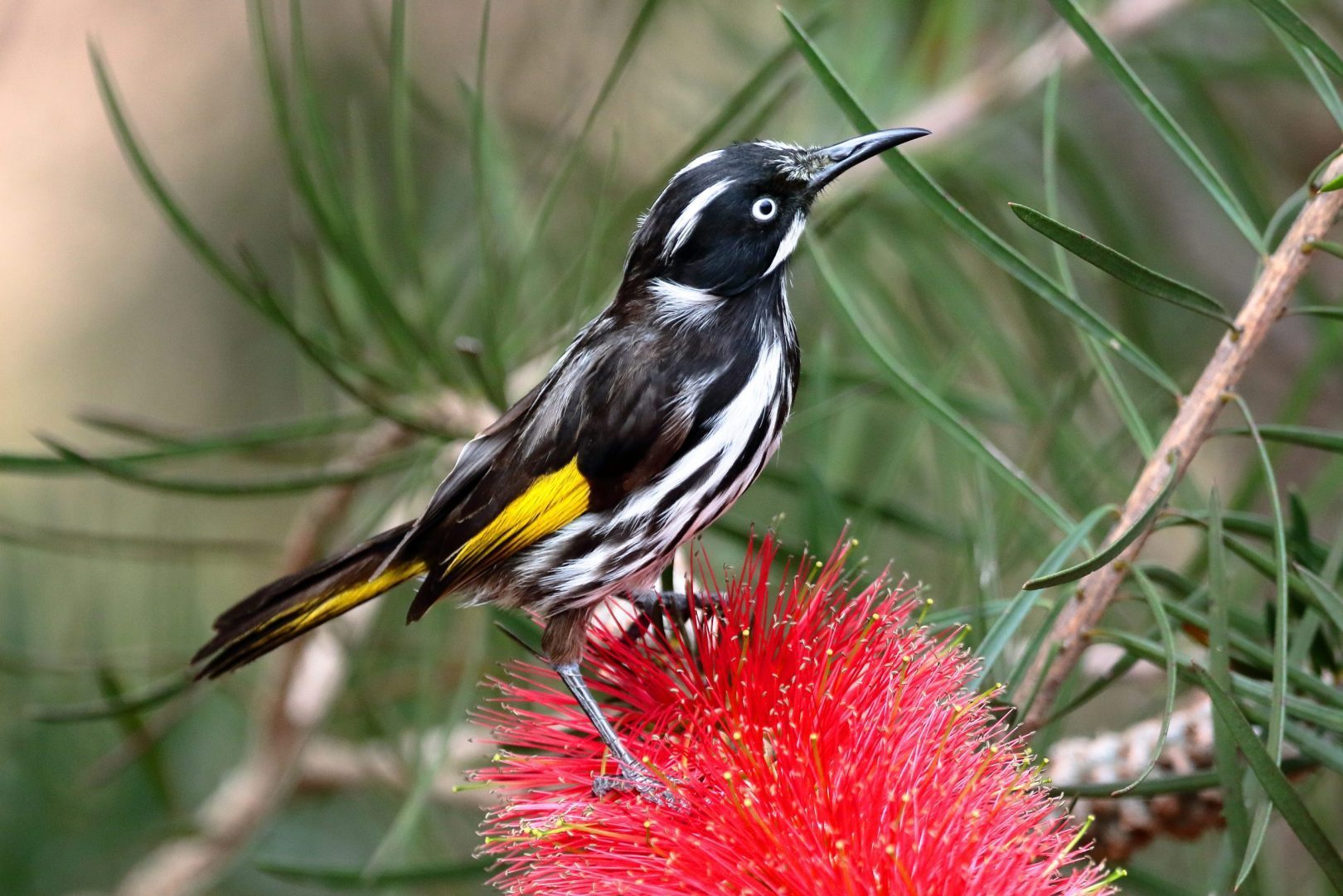
How to Attract Wildlife to Your Garden
Australia is full of gorgeous wildlife. Familiar magpie songs, the buzz of native bees and a cheeky blue tongue are all welcome guests and its easy to attract them to your garden with a few simple tips.
Planting Food
Native flowering plants are well-known for attracting bees and birds. The Burst™ range of callistemons are a great choice, with abundant flowers providing a food source often favoured by nectar-eating birds such as lorikeets and honey-eaters.
For attracting bees, you can’t go past Aussie Rambler™ Carpobrotus. Its enormous pink flowers are a magnet for pollinating insects. Purple Fusion Scaevola is also a great choice due to its continuous flowering throughout most of the year.
While native plants are common sense when wanting to bring in wildlife, don’t write off exotic species. For example, Mighty Gold™ and Mighty Coral™ Aloes have tall flower spikes that attract bees and birds too. They are a great choice for providing a winter food source, when many other plants are not flowering.
Pinnacle™ and Straight and Narrow™ Syzygiums are excellent for wildlife, because they produce pollen and lilly pilly fruit, attracting a wide array of wildlife including birds, bats and possums.
For your insectivorous friends there are other ways to attract food. Leaf litter and mulch create habitat for bugs which feed a huge variety of birds and marsupials. One of the best ways to attract these animals is to bury compost in your yard, this creates a cache of insect life for ground dwelling animals such as lizards and bandicoots.
It is also recommended to reduce or eliminate pesticide and herbicide use. These products not only harm the food populations, but can also harm any wildlife that eats poisoned food.
Providing Cover
Shelter is another important aspect for attracting wildlife to your garden. Bushy shrubs, trees and groundcovers provide a variety of hiding places for wildlife. Denser shrubs can attract more shy wildlife such as small birds like fairy wrens.
Slim™ Callistemon’s dense and tall growth along with attractive flowers makes it a haven for birds.
Blue Horizon™ Eremophilia is another great hiding place for animals due to its dense growth. It’s small yellow flowers also attracts bees and birds.
Westringias like Ozbreed Aussie Box® and Mundi™ provide dense cover, attracting wildlife to hide amongst its fine leaves.
Apart from plants, a garden with diverse habitats including logs, rocks, mulch, leaves and sticks provides shelter for lizards and insects. You can also install specific homes such as bird or possum houses. These are great for nesting animals especially if there are few hollows available in your area.
A Water Source
A pond surrounded by plants is the best thing to attract wildlife to your garden. The cover and water source will attract any animal in your area for a drink.
However a pond is not possible in all backyards, so you can also provide bird baths and water dishes as a water source in your garden.
Overall, having a garden full of diverse ecosystems that meets wildlife’s need for food, water and shelter will attract them to your garden for you to enjoy. Even just improving your garden a little can help wildlife a lot.
You can sit back and enjoy birds feeding in the callistemons at sunrise, lizards sunning themselves at midday and maybe even spot some night-time visitors such as possums, wallabies, bandicoots and more!






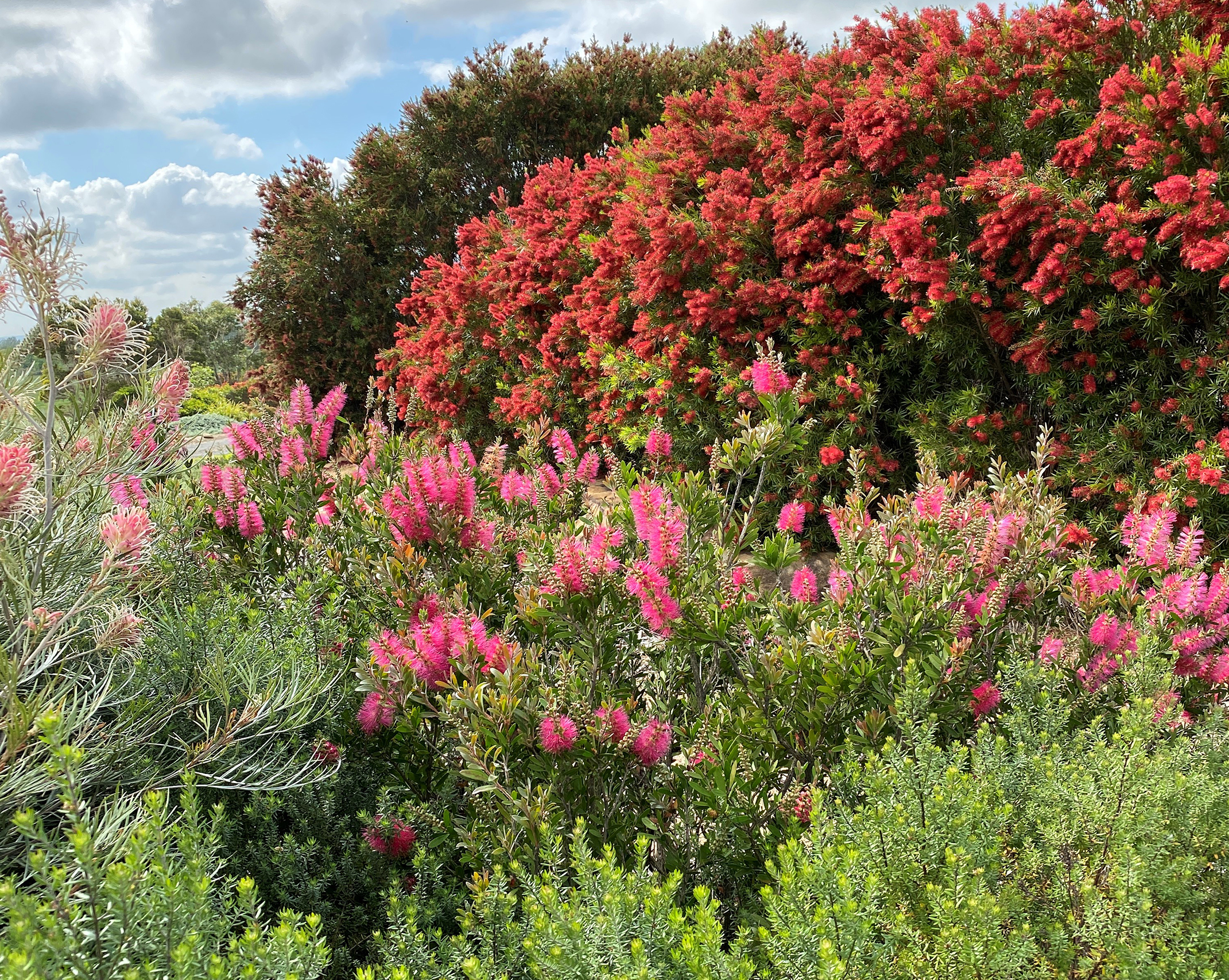

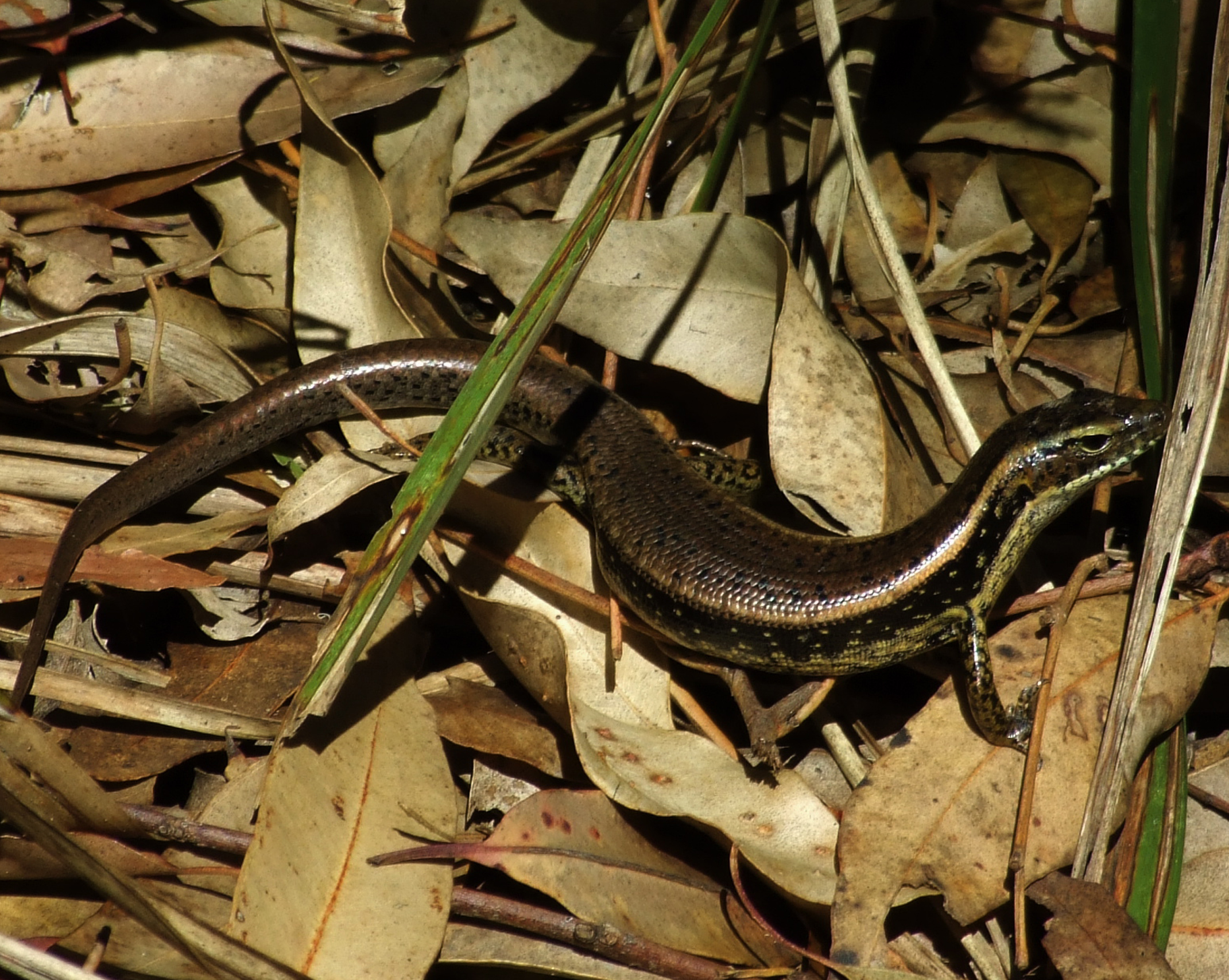

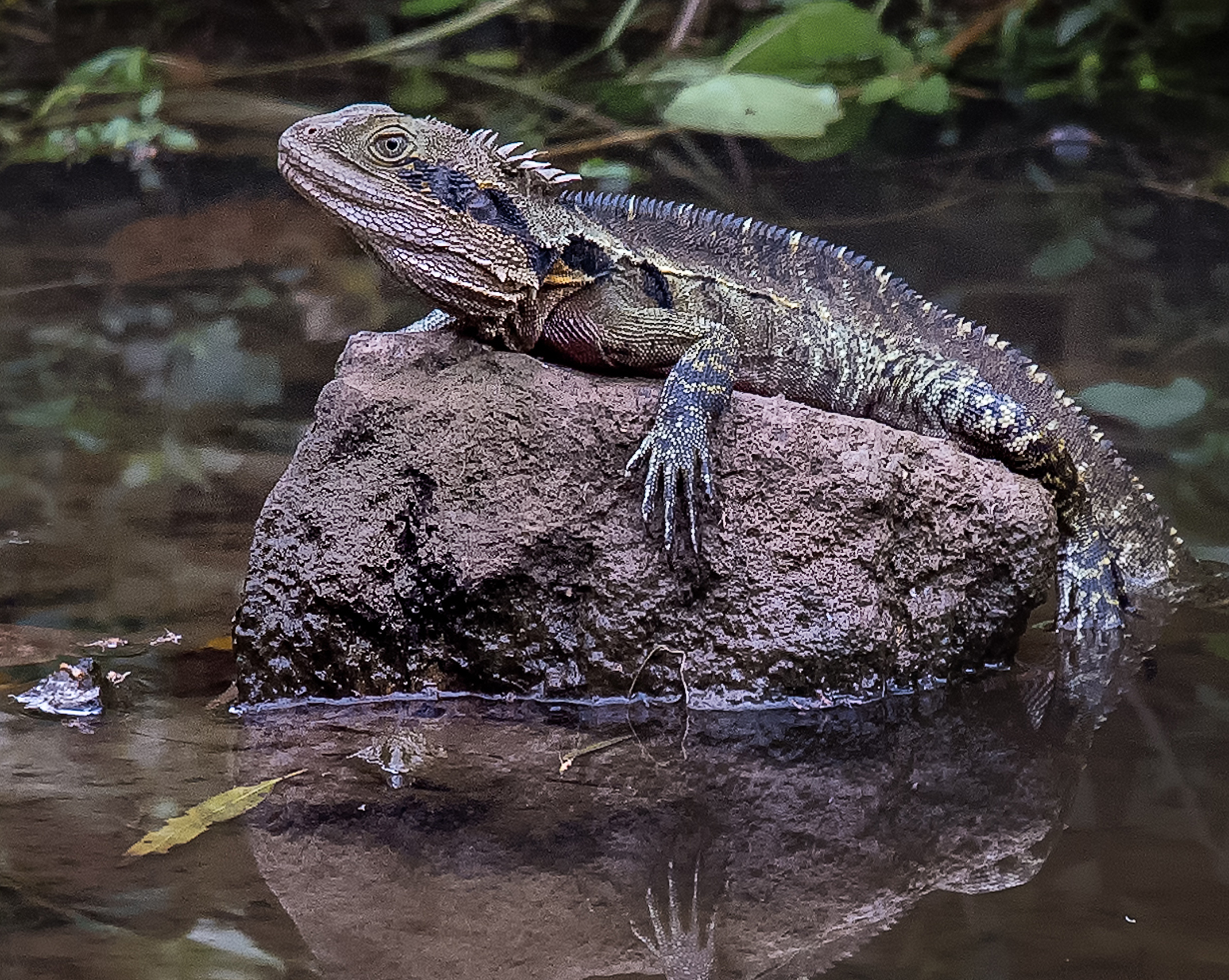


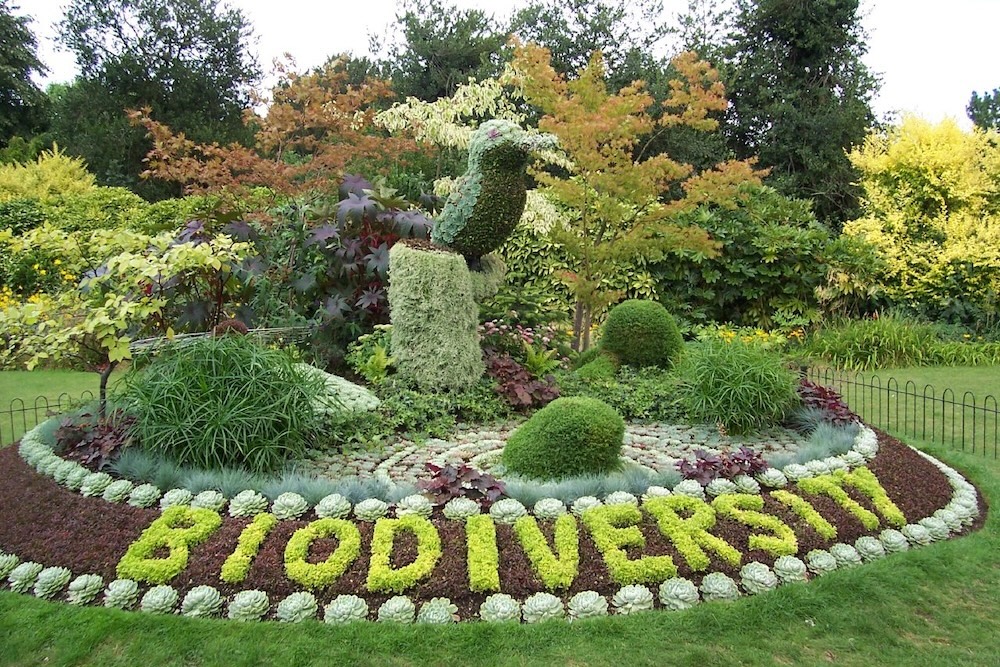

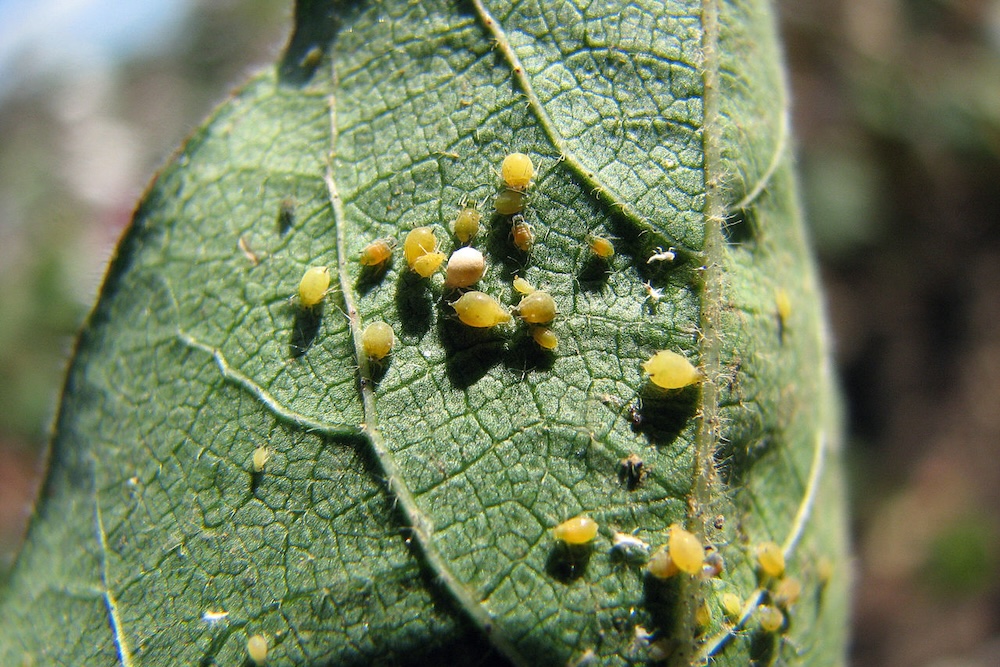
This Post Has 0 Comments